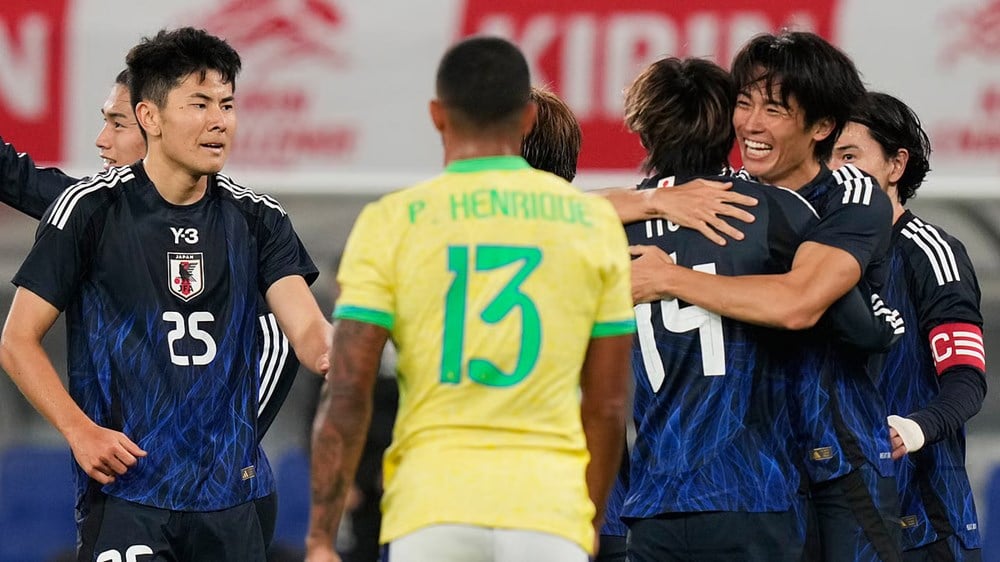
Japan - The locomotive affirms its new position
Over the past two decades, Japan has built a path of development that is one of the most systematic in the continent. But it is only in recent years that the results have truly exploded and resonated globally. By defeating Uruguay, Germany, Spain and most recently Brazil, Japan no longer carries the image of a "technical Asian team" as before, but has become an opponent capable of imposing the rhythm of the match against football powerhouses.
The 3-2 win over Brazil was a historic boost. Not many teams in the world can beat Brazil by three goals in a single half. Japan did it, and the special thing was that they made it seem reasonable. No more lucky long-range shots, no more brave but solitary football; today Japan knew how to control the tempo, change the situation, push the speed of the game to a level that even Brazil found… tiring.
Not stopping at a symbolic match, Japan immediately demonstrated their stability when defeating Ghana 2-0 in a friendly match on November 14 in Aichi. That was the match where coach Hajime Moriyasu's students showed the spirit of a great team, which is to control the game, create more opportunities and thoroughly handle the decisive moments.
Japan's greatest strength lies in the consistent quality of its personnel, with a series of stars playing in Europe: Mitoma, Kubo, Endo, Tomiyasu, Minamino, Doan... This generation grew up in a top football environment, bringing with them modern tactical thinking, pressure handling skills and top-notch competitive thinking. Under Moriyasu's guidance, they not only press well and change states quickly, but also know how to maintain tactical discipline throughout the 90 minutes.
Japan became the first team in the world to qualify for the 2026 World Cup, showing that the gap between them and the rest of Asia has widened significantly. But more importantly, the Japanese team is building the image of a real candidate, not only to pass the group stage but also to reach the quarterfinals and even further. They are the brightest highlight of the rise of continental football.
While Japan is the most iconic team of the breakthrough, it is impossible to ignore the names that laid the foundation for Asia's current position: South Korea, Iran, Australia and more recently Uzbekistan.
South Korea remain one of Asia’s most consistent World Cup teams. Their semi-final run in 2002 remains a milestone no other Asian team has achieved. But more than two decades after that success, South Korea remain globally competitive thanks to their youth system and fast, physical football philosophy.
Meanwhile, Iran represents another aspect: experience and stability. For many years, Iran has been the team with the highest FIFA ranking in Asia and has always created discomfort with its strong and disciplined playing style. They once made it difficult for Portugal and Spain at the 2018 World Cup and almost passed the group stage. Iran's biggest highlight is its scientific defense system, solidarity and clear tactical thinking, although they lack the number of players playing in Europe like Japan or Korea.
Imprint at U17 World Cup
If Japan is the leader of Asia at the national team level, then at the youth level, a new wave is forming, especially Uzbekistan and North Korea. At the 2025 U17 World Cup, all three representatives, Japan, North Korea and Uzbekistan, made it through the round of 16, opening one of the most successful periods for Asia in the history of the tournament. Japan convincingly beat South Africa 3-0; North Korea defeated Venezuela 2-1; and Uzbekistan beat Croatia on penalties after a dramatic 1-1 draw. At the same time, only South Korea had to stop before England.
When Uzbekistan reached the quarter-finals of the 2023 U20 World Cup, many people still thought it was a temporary moment, but when it comes to the 2025 U17 World Cup, there must be a different view. Uzbekistan may not have many players playing abroad, but they have what youth football desperately needs: a unified training method from U13 to U20, unchanged over the term.
The simultaneous advancement of many representatives to the round of 16 shows that the development of youth football in Asia has become more systematic and effective than before. Japan has a consistent youth training philosophy; North Korea has always been famous for its physical strength and will; and Uzbekistan is proof of the strong rise of Central Asian football - a land once considered the "silent space" of Asia.
The rise of Asian football did not happen overnight. There are four key factors that have helped the continent close the gap with Europe and South America. Firstly, youth training systems are standardized on the European model. Japan, Uzbekistan, Qatar, and the UAE all have international-standard academies where the process of selecting, training, and evaluating players is digitized, reducing the reliance on the coach’s intuition.
Second, more and more Asian players are playing in Europe, from major leagues such as the Premier League, Bundesliga, La Liga to mid-level leagues. Third, the football mindset has changed. Many Asian teams no longer “hunker down and defend”, but boldly press, control the ball and play fair with strong opponents. Fourth, the international competition schedule is more dense, creating conditions for Asian teams to compete with the world's top teams.
So, is Asia close to world class? The answer is that it is very close, but to assert its mettle at the World Cup, Asia still needs a landmark achievement. Japan is expected the most because they have both the foundation, form and confidence. South Korea, Iran and Australia are still maintaining stability, and young football teams like Uzbekistan and North Korea show that the next generation is very abundant.
Source: https://baovanhoa.vn/the-thao/bong-da-chau-a-vuon-tam-the-gioi-181915.html



![[Photo] General Secretary To Lam and National Assembly Chairman Tran Thanh Man attend the 80th Anniversary of the Traditional Day of the Vietnamese Inspection Sector](https://vphoto.vietnam.vn/thumb/1200x675/vietnam/resource/IMAGE/2025/11/17/1763356362984_a2-bnd-7940-3561-jpg.webp)




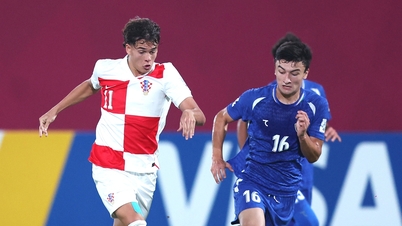












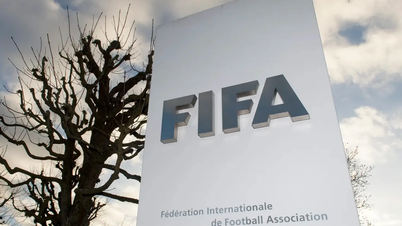


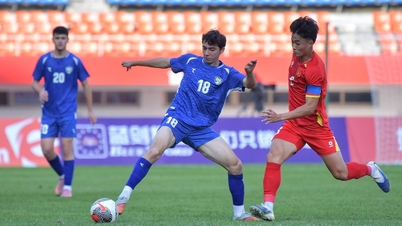








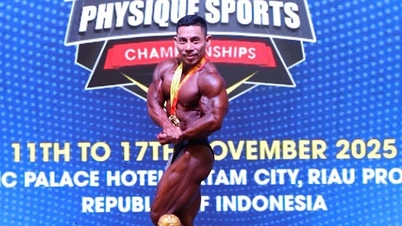
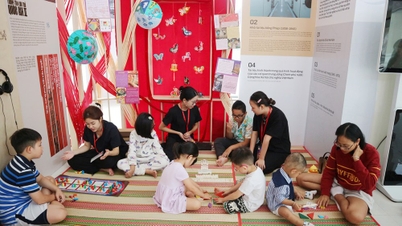
























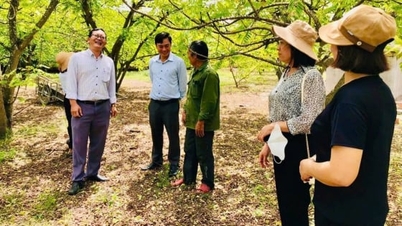






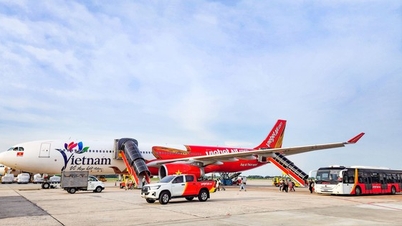







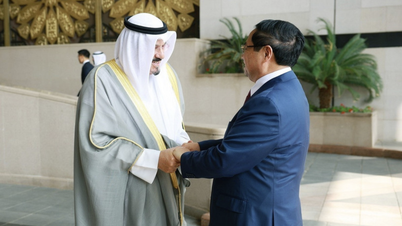
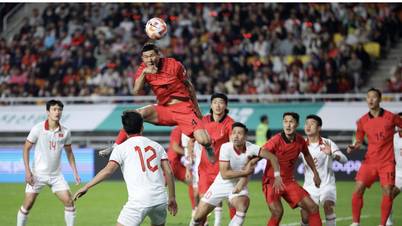



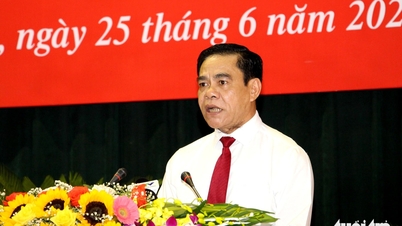
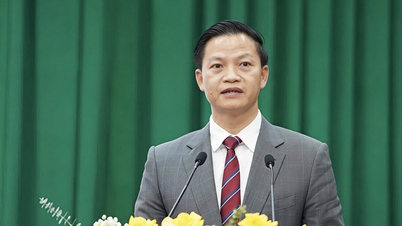





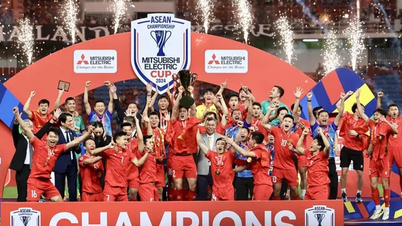









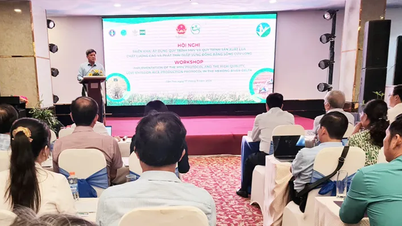














Comment (0)